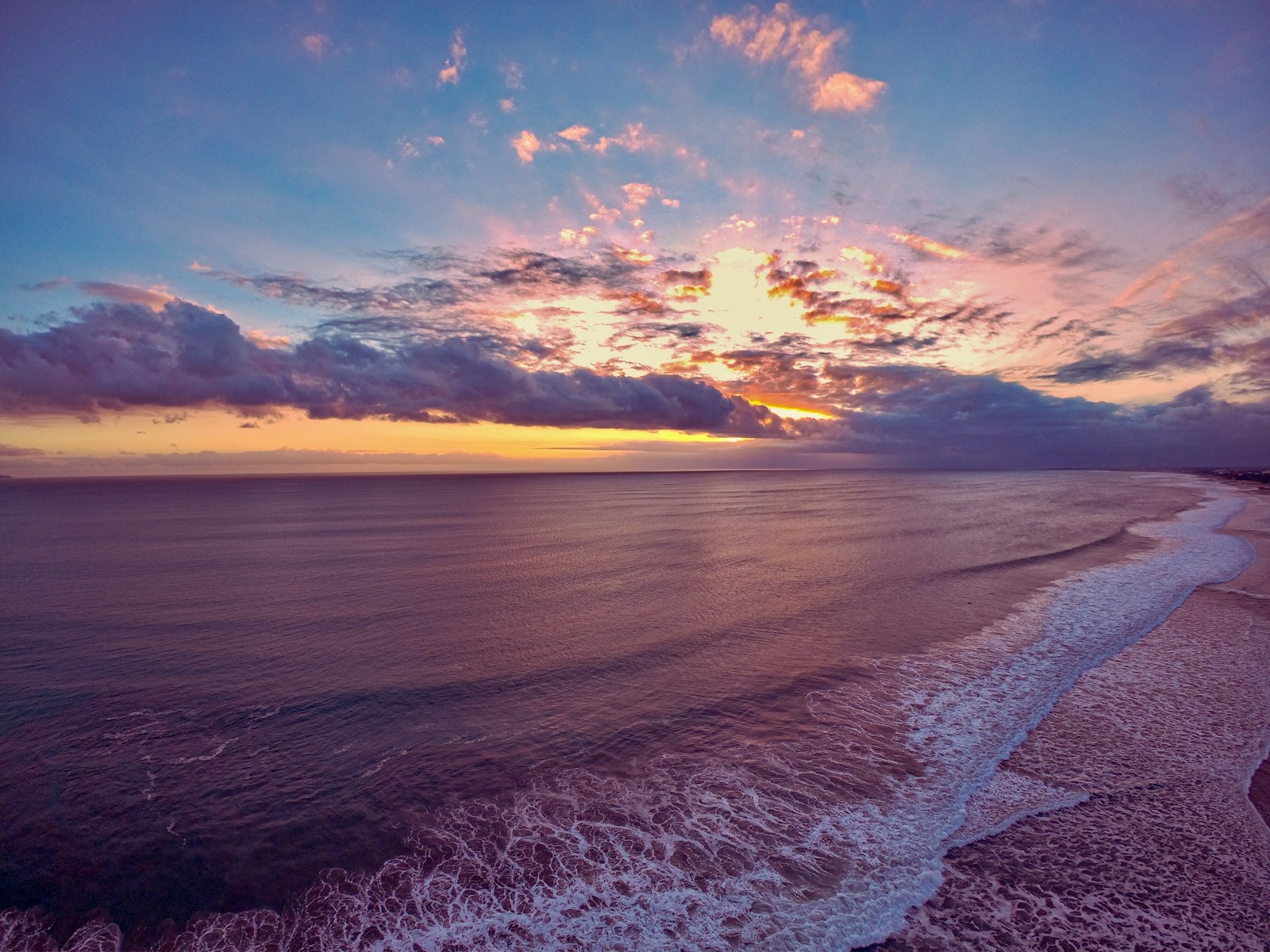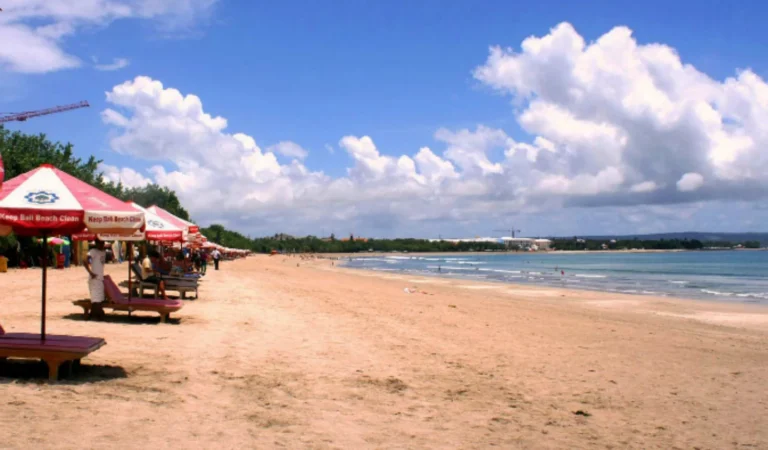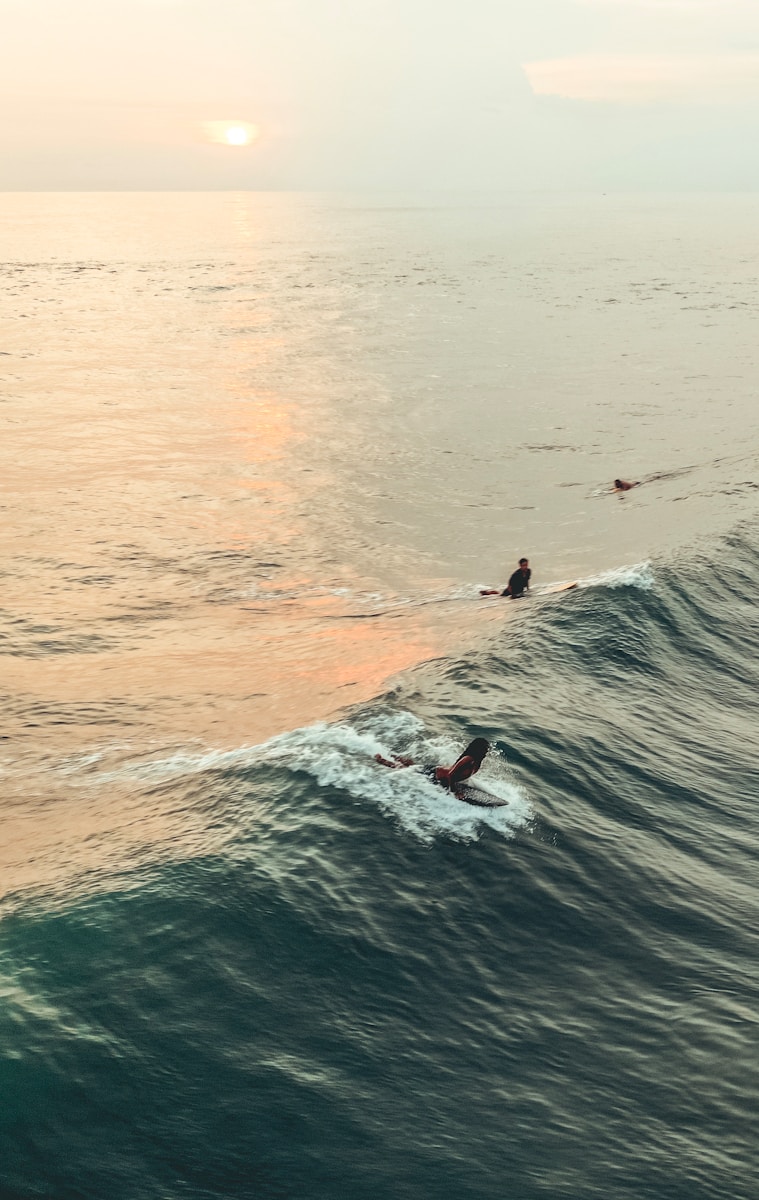When most travelers think of Bali, the vision that comes to mind often centers on golden beaches, epic sunsets, and a spiritual undertone that echoes through its temple-lined coastline. While iconic names like Kuta, Legian, and Nusa Dua dominate travel itineraries and tourist guides, there’s a more nuanced narrative to Bali’s shoreline that goes beyond popularity and into cultural identity, local sustainability efforts, and a shift in how visitors engage with these coastal treasures.
Here’s a reframed exploration of Bali’s most visited beaches—not just where to go, but what makes each destination a microcosm of the island’s evolving relationship with tourism, tradition, and nature.
Kuta Beach: The Commercial Core That Sparked a Tourism Tsunami
According to inca travel Kuta’s transformation from a quiet fishing village to a frenetic tourist magnet is both a success story and a cautionary tale. The beach’s once-pristine sands are now lined with a mosaic of surf schools, hawker stalls, and international fast food outlets. But beneath the buzz, efforts are underway to manage waste and restore its natural appeal. Local initiatives, like beach cleanup programs led by youth groups and community leaders, aim to rebalance what mass tourism has overwhelmed.
Legian Beach: A Transitional Zone Between Crowds and Calm
Straddling the line between Kuta’s chaos and Seminyak’s sophistication, Legian has become a favored stretch for travelers seeking vibrant sunsets without the sensory overload. While known for its surf-friendly waves, what’s less highlighted is the rise of independent surf schools promoting local employment and sustainable ocean practices. Many of these businesses are owned by Balinese instructors committed to ocean conservation.
Seminyak Beach: Luxury’s Front Yard Meets Rising Sea Levels
Chic beach clubs and boutique resorts have redefined Seminyak’s shoreline, but behind the Instagram-worthy views lie challenges related to coastal erosion and overdevelopment. As beachfront properties expand, the island’s fragile dune systems shrink. A growing number of eco-conscious hotels are now reengineering their infrastructure to minimize their footprint, leading the charge in green tourism for Bali’s luxury market.
Jimbaran Beach: Sunset Dinners, Sacred Waters
Famed for seafood feasts on the sand, Jimbaran’s calm bay serves as both a romantic retreat and a cultural heritage site. Fishermen still head out at dawn in traditional jukung boats, a practice protected under local ordinances. Here, tourism coexists with heritage—balancing five-star resort guests with ceremonies held at water temples that dot the bay.
Sanur Beach: Where Time Moves Differently
Often labeled as “Kuta’s antithesis,” Sanur offers more than just quietude. It is Bali’s portal into the past, where village life endures and the morning tide brings both fishermen and schoolchildren to the shore. The protected reef creates calm waters ideal for family travelers and local snorkelers, but also for sea grass beds that support marine biodiversity—making it a rare ecological pocket on an otherwise heavily trafficked island.
Canggu Beach: Bali’s Creative Coastline
Beyond its black sand and surf-ready waves, Canggu has become the epicenter of Bali’s digital nomad culture. Yoga studios, coworking cafés, and sustainable fashion boutiques make up its landscape. But the area faces a paradox: the same bohemian lifestyle that attracts visitors also threatens the rural identity of its rice field vistas. Grassroots movements are now emerging to support small-scale farming and protect green space from hotel sprawl.
Nusa Dua Beach: Gated Paradise With a Price
Nusa Dua is often described as Bali’s most “orderly” beach, curated by manicured lawns and five-star opulence. But what’s often omitted is the conscious design of this area as a tourism enclave—a spatial separation that keeps visitors insulated from much of Bali’s daily life. Some newer resorts, however, are challenging this model by incorporating cultural experiences and village outreach into guest programs.
Candidasa Beach: East Bali’s Tranquil Answer to Overcrowding
Candidasa offers a glimpse into the slower rhythms of Balinese coastal life, with a scattering of quiet beaches and spiritual landmarks. It’s also a gateway to some of the island’s best marine biodiversity. Yet this region is not immune to the long-term consequences of coral mining and unchecked development from decades past. Restoration projects now focus on artificial reef systems and community-based tourism that channels visitor funds into conservation.
Uluwatu: The Dramatic Frontier of Surf and Ceremony
Perched atop limestone cliffs, Uluwatu’s beaches combine world-class surf with sacred spaces like the Uluwatu Temple. This blend of spiritual solemnity and sport culture is unique—even contradictory—but deeply reflective of Bali itself. As the region sees an uptick in high-end retreats, questions about access to public coastline and protection of sacred lands are gaining prominence.
Tanjung Benoa: The High-Octane Playground Facing Environmental Reckoning
Water sports define Tanjung Benoa’s reputation, but so does the strain they place on its fragile marine ecosystem. The area’s coral reefs have suffered from years of anchor damage and high visitor volume. In response, several local operators now incorporate education and reef-safe practices, signaling a pivot toward more responsible recreation.
Final Thoughts: Reimagining What It Means to “Visit the Beach” in Bali
The beaches of Bali are more than sunbathing spots—they are mirrors of an island at a crossroads. As the global conversation around sustainable tourism deepens, travelers are increasingly seeking meaningful engagement over passive consumption.
Whether it’s by supporting local surf schools, choosing eco-conscious accommodations, or simply respecting the sacredness of a site, visitors have the power to shape the future of Bali’s coastlines—turning their footprint into something more than just marks in the sand.



